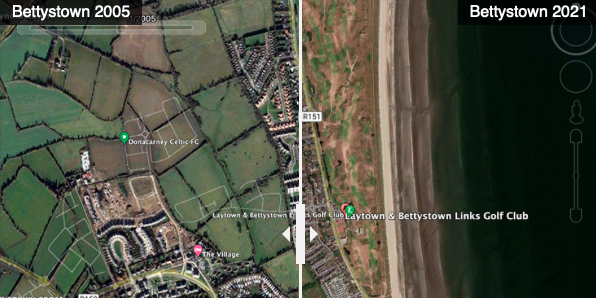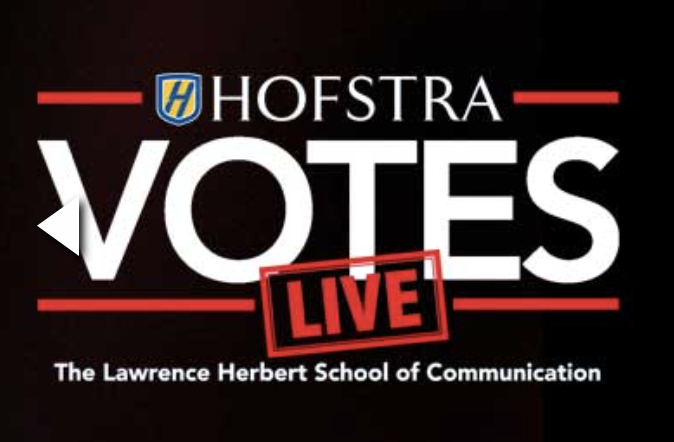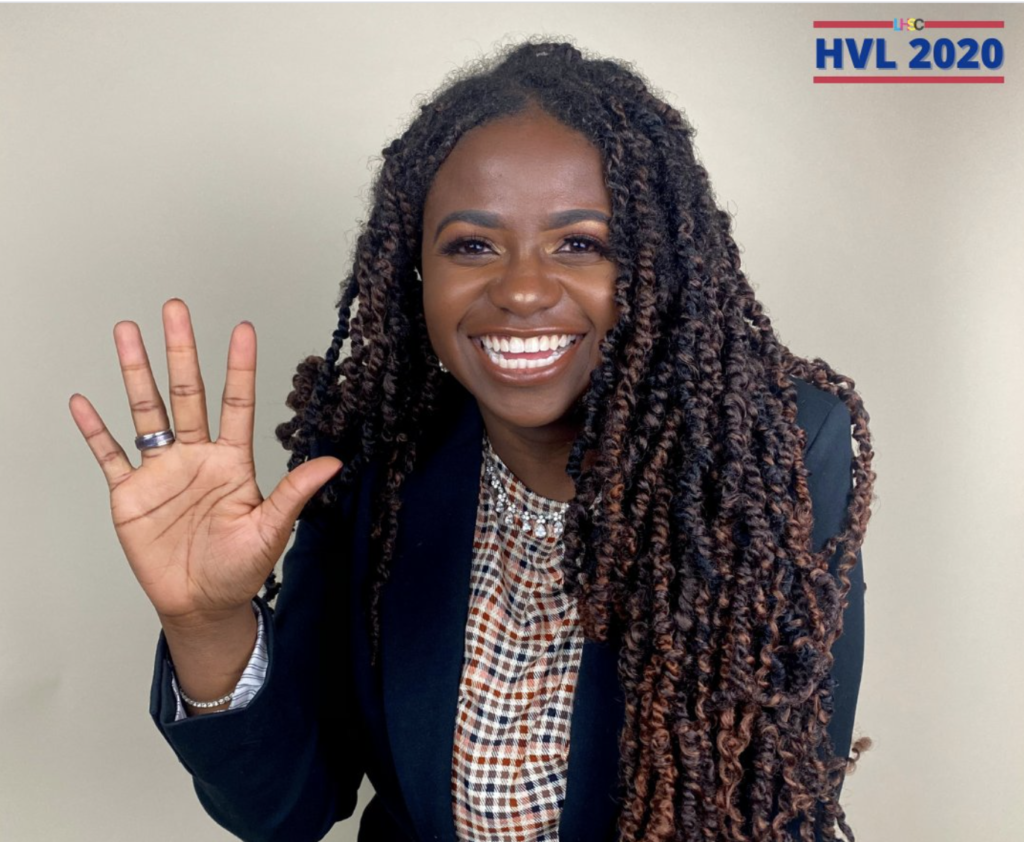Publications: editor-reviewed
Fincham, K (2016) 11 Ways to Integrate Social Media into J-School Classes, MediaShift Retrieved at http://mediashift.org/ 2016/07/11-ways-integrate-social-media-j-school-classes/
Fincham, K (2015) How to Teach Data Journalism for Beginners. MediaShift. (Change in branding from PBS). Retrieved at http:// mediashift.org/2015/03/how-to-teach-data-journalism-for-beginners/
Fincham, K., Wright, L. (2014) Helping Journalism Faculty Bridge the Social Media Knowledge Gap. PBS MediaShift. Retrieved at http://www.mediashift.org/2014/12/
helping-journalism-faculty-bridge-the-social-media-knowledge-gap/
Fincham K (2014) 24 Hours of Immigration Reform Reporting on Twitter Poynter Foundation. Retrieved at http://www.poynter.org/news/305299/24-hours-of-immigration-reform-reporting-on-twitter/
Fincham, K (2014) 11 Steps to a Better Twitter Stream PBS MediaShift. Retrieved at http:// www.pbs.org/mediashift/2014/03/11-steps-to-a-better-twitter-stream/
Fincham, K (2013) How to keep a student news site updated with Rebel Mouse. Poynter Foundation. Retrieved at http://www.poynter.org/how-tos/journalism-education/213283/how-to-keep-a-student-news-site-updated-with-rebelmouse/
Fincham, K (2012) Hofstra students text, tweet and Facebook for Hurricane Sandy reporting ONA Issues. Retrieved at http://onaissues.tumblr.com/post/34840927775/
hofstra-students-text-tweet-and-facebook-for-hurricane
Fincham, K (2012) What every young journalist should know about using Twitter Poynter Foundation. http://www.poynter.org/how-tos/journalism-education/188408/what-every-young-journalist-should-know-about-using-twitter/
Fincham, K. (2012). 7 ways journalists can make better ethical decisions when using Facebook Poynter Foundation. Retrieved at http://www.poynter.org/how-tos/digital-strategies/176649/8-ways-journalists-can-make-better-ethical-decisions-when-using-facebook/
Fincham, K. (2012). How journalism educators can use Coursekit to enhance classroom learning Poynter Foundation. Retrieved at http:/ /www.poynter.org/how-tos/journalism-education/164950/how-journalism-educators-can-use-coursekit-to-enhance-classroom-learning
Fincham, K. (2012) Connecting the dots on data journalism. Poynter Foundation. Retrieved from http:// www.poynter.org/how-tos/digital-strategies/162131/journalists-connect-the-dots-between-data-reporting-at-columbia-j-school-hackathon
Fincham, K. (2011) 4 Ways journalism educators are using Storify as a teaching tool. Poynter Foundation. Retrieved from http://www.poynter.org/how-tos/journalism-education/153565/4-ways-journalism-educators-are-using-storify-as-a-teaching-tool/
Fincham, K. (2011). Storify the news: making sense of 140 million tweets a day. Convergence. Retrieved from Convergence Newsletter at USC Columbia http://sc.edu/cmcis/news/convergence/v8no8.html#10
Fincham, K. (2011) Using Storify for journalism education. Storify. Retrieved from http:// storify.com/kellyfincham/using-storify-for-journalism-education
Fincham, K. (2011). Social media and 9.11 / A legacy of silent voices. Irish Examiner. Retrieved from http:// www.examiner.ie/weekend/a-legacy-of-silent-voices-166899.html
Fincham, K. (2011) Storify in the classroom. Journal of Media Literacy. Retrieved from http://jmle.org/blog/?p=495
Presentations: Invited
Fincham K, (2017, February) Presenter and panelist, How Did Social Media Change the 2016 Presidential Race? Kalikow School of Government, Public Policy and International Affairs, Hofstra
Fincham K, (2017, February) Panelist, The New Social Media: Protecting Yourself From Fake News, Social Media Symposium, Hofstra
Fincham K, (2016, December) Presenter, Towards a hybrid media system, Faculty Research Presentation, Hofstra University.
Fincham K, (2015, August) Moderating, Presiding Panelist and Presenter: Promises and Pitfalls, Teaching Social Media News Practices to the Digitally Active, AEJMC National Conference, San Francisco.
Fincham K, (2014, August) Panelist, Tweet This: Two Weeks on the Social Media Frontlines, AEJMC National Conference, Montreal, Canada.
Fincham K. (2014, August) Teaching tools with IFTTT.com. Editing breakfast, AEJMC National Conference. Montreal, Canada.
Fincham K, Bui, K. (2013, August). Curation Station – Social Media Strategies for Breaking News. Society of Professional Journalists National Conference. Anaheim, California
Fincham, K, (2013, August) Presenter and panelist, Big ideas and best practice for student-produced news. AEJMC National Conference, Washington, D.C.
Fincham K. (2013, August). Teaching editing tips. Editing breakfast, AEJMC National Conference. Washington, D.C.
Fincham K. (2013, April). Copy editing for the digital age, New York Press Association Conference, Saratoga, N.Y.
Fincham K. (2013, February) Tweet That Assignment – A survey of best practice in social media education, panel, Journalism Interactive Conference, University of Florida, Gainesville, Florida
Fincham K. (2013, February) Teaching social media, panel, Journalism Interactive Conference, University of Florida, Gainesville, Florida
Fincham K. (2012, September). Copy editing in the digital age. Society of Professional Journalists National Conference, Fort Lauderdale, Florida
Fincham, K. (2012, October). Social media ethics panel. Communication of Choice and Consequence. The New York State Communication Association, Ellenville, N.Y.
Fincham, K (2012, March) Speaker, Social media panel, Region 1, Society of Professional Journalists Conference, Stony Brook University, N.Y.
Fincham, K. (2011, October). Chair, Research Panel: Social Media: Making and Breaking Connections. Annual conference. The New York State Communication Association, Ellenville, N.Y.






